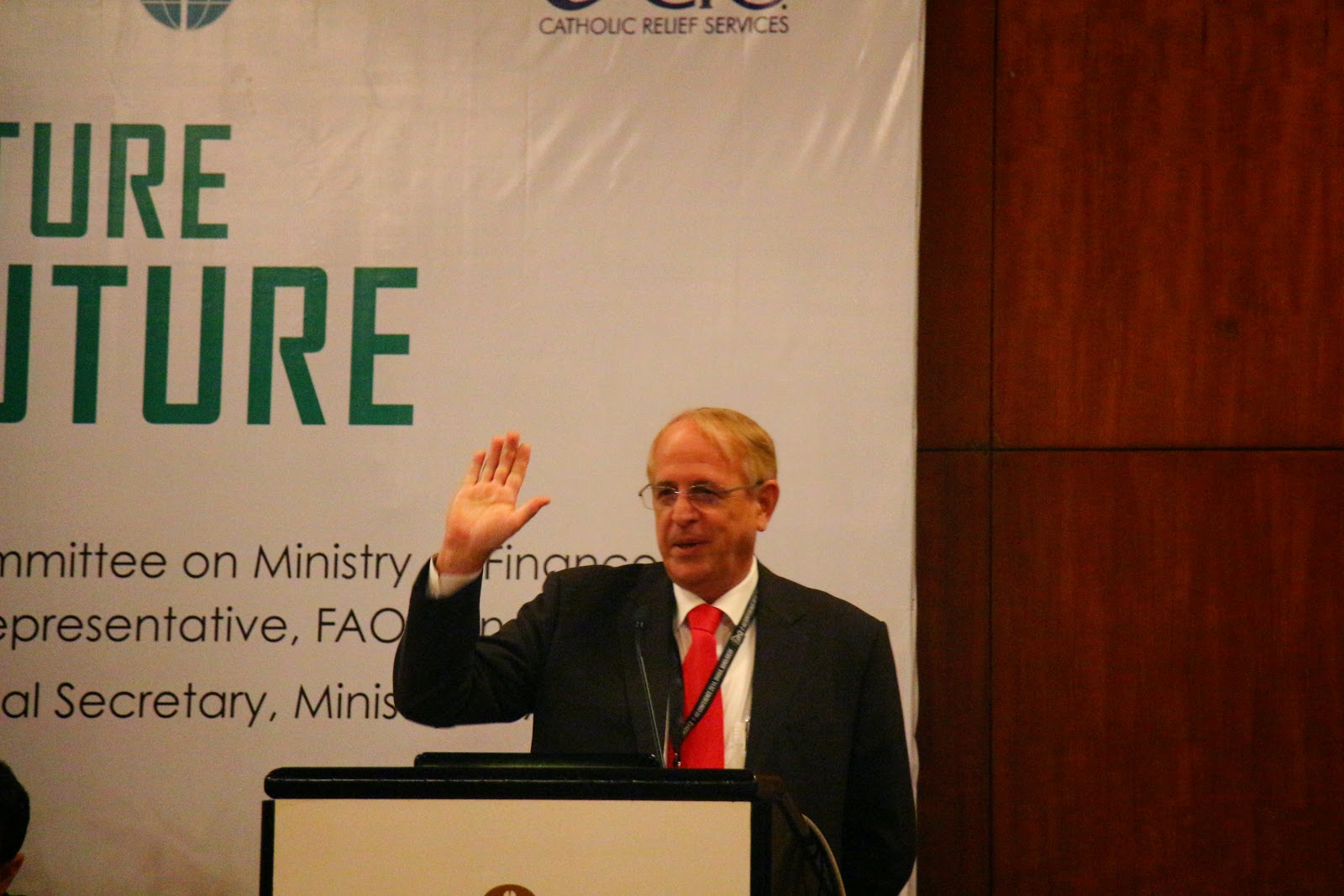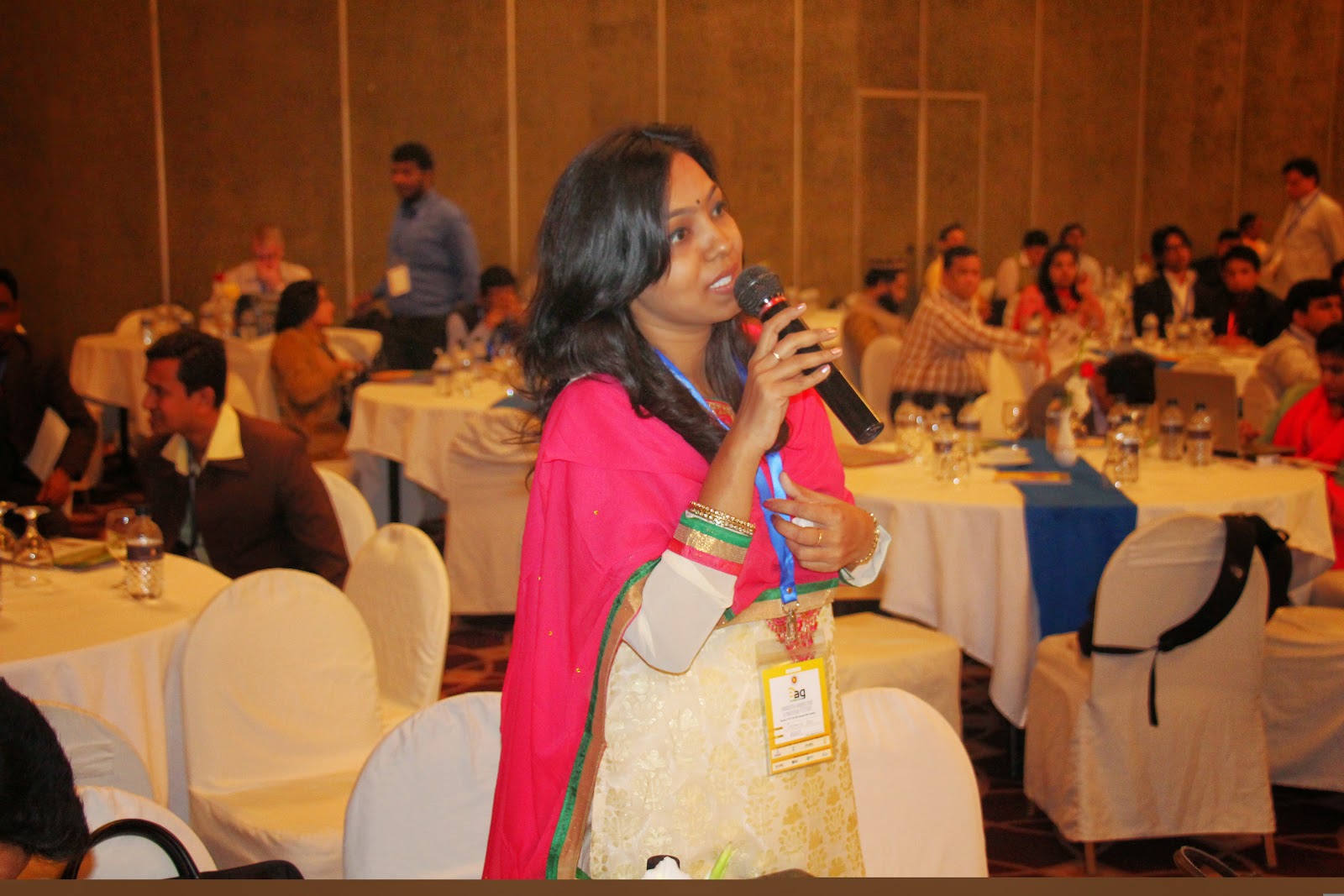Article by the Author:
Abstract:
Download
the full study report.
Article by the Author:
Published at PAR (Platform for Agrobiodiversity
Research) on January 24th, 2011
Abstract:
River bank erosion is one of the
common phenomenons in the northern part of Bangladesh, which includes Rangpur,
Lalmonirhat, Gaibandha, Nilphamari and Kurigram districts. The villagers,
(whose life mainly depends on agriculture) living beside the Teesta river that
runs through in Lalmonirhat district, are one of the direct victims of such
disasters. Landless farmers are increasing day by day in this region and they
are also facing regular floods, cold spells and drought. All these natural
calamities are surprisingly changing their pattern in this region in respect of
global climate change. It is estimated that global warming is openly
responsible for grater melting of the Himalayan glaciers so that erosion of
river banks and flooding are happening in uneven pattern in the recent decade
in these districts. The populations of the adjoining of Teesta River are forced
to have less cultivable lands and dropped to seasonal
food crises each year, locally termed as ‘Monga’. In this regards, a
project by one of the International Climate Champions 2010 by British
Council Bangladesh has initiated in Lalmonirhat district to increase
knowledge and awareness on impacts of climate change of the farmers, as well as
proposing them to increase adaptability through cultivating more underutilized
species. This is how they could increase crop diversity for adaption to climate
change and can alleviate their seasonal food crises and malnutrition.























